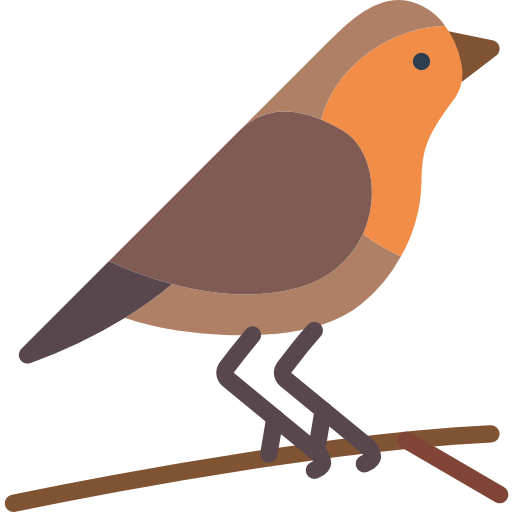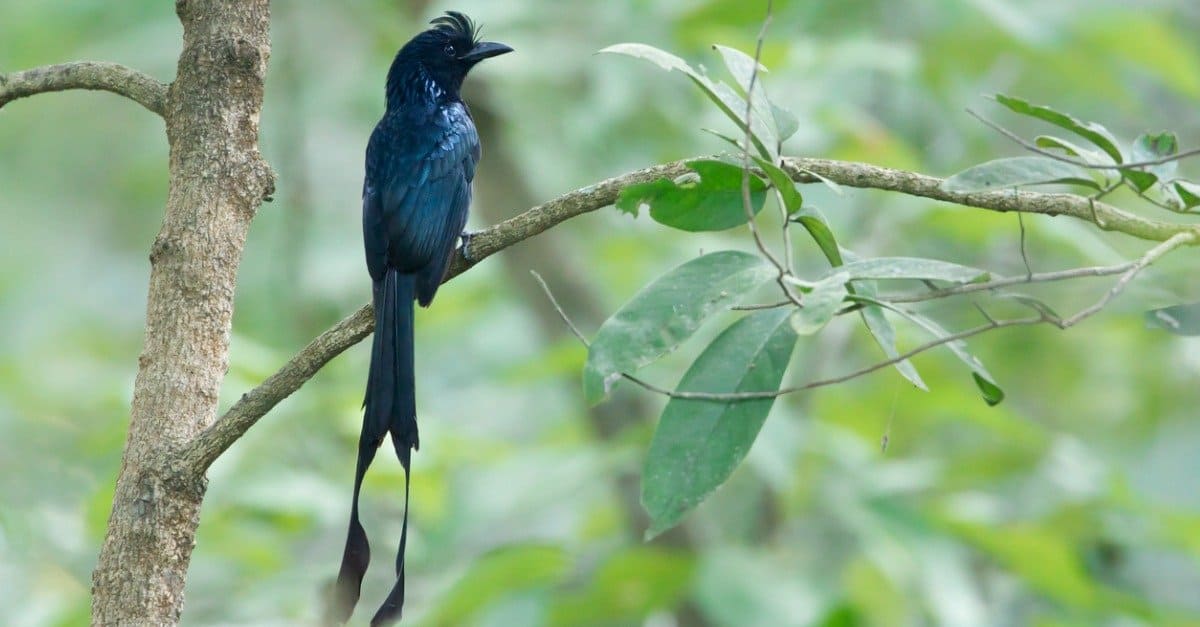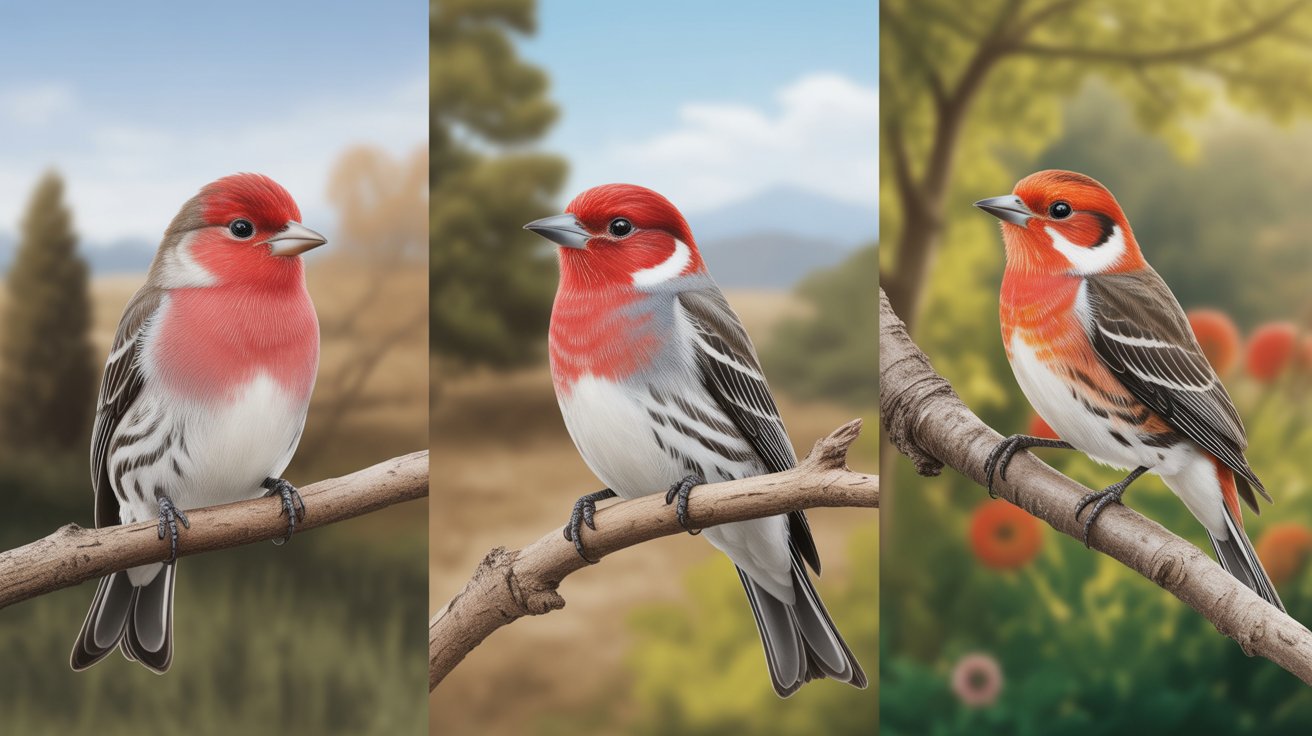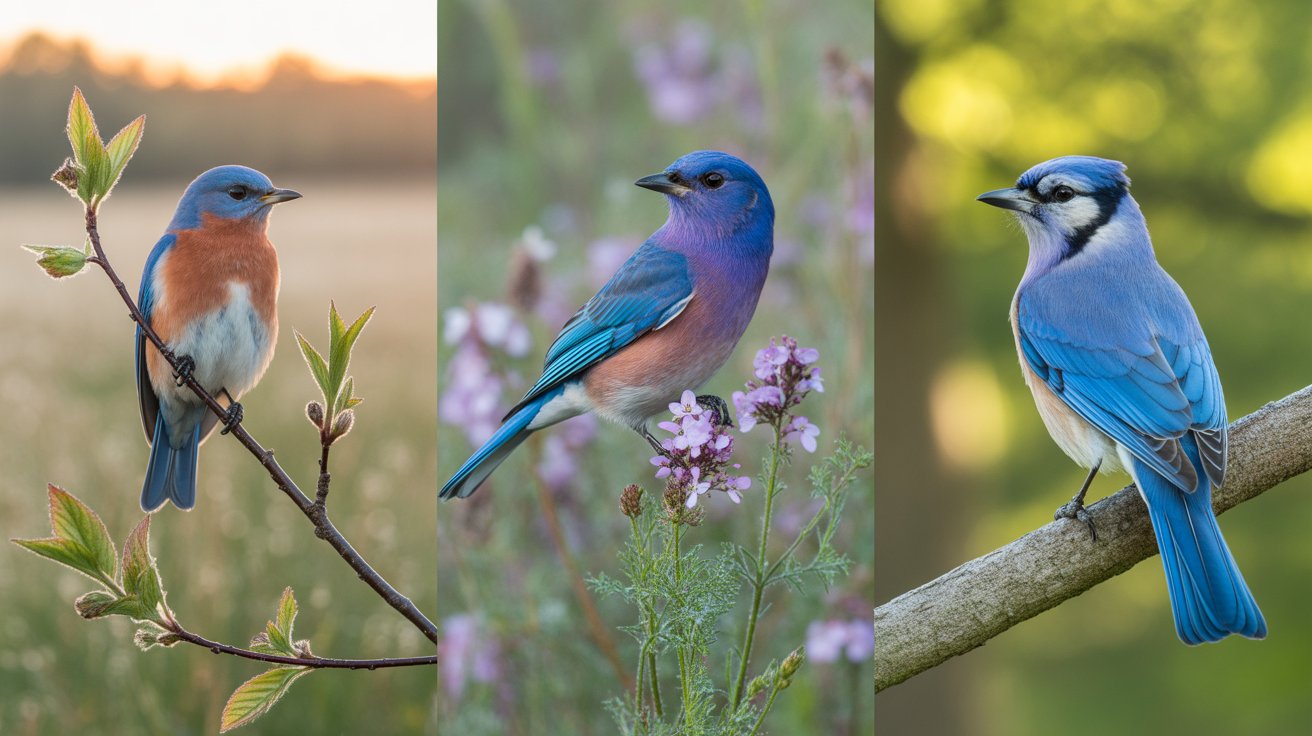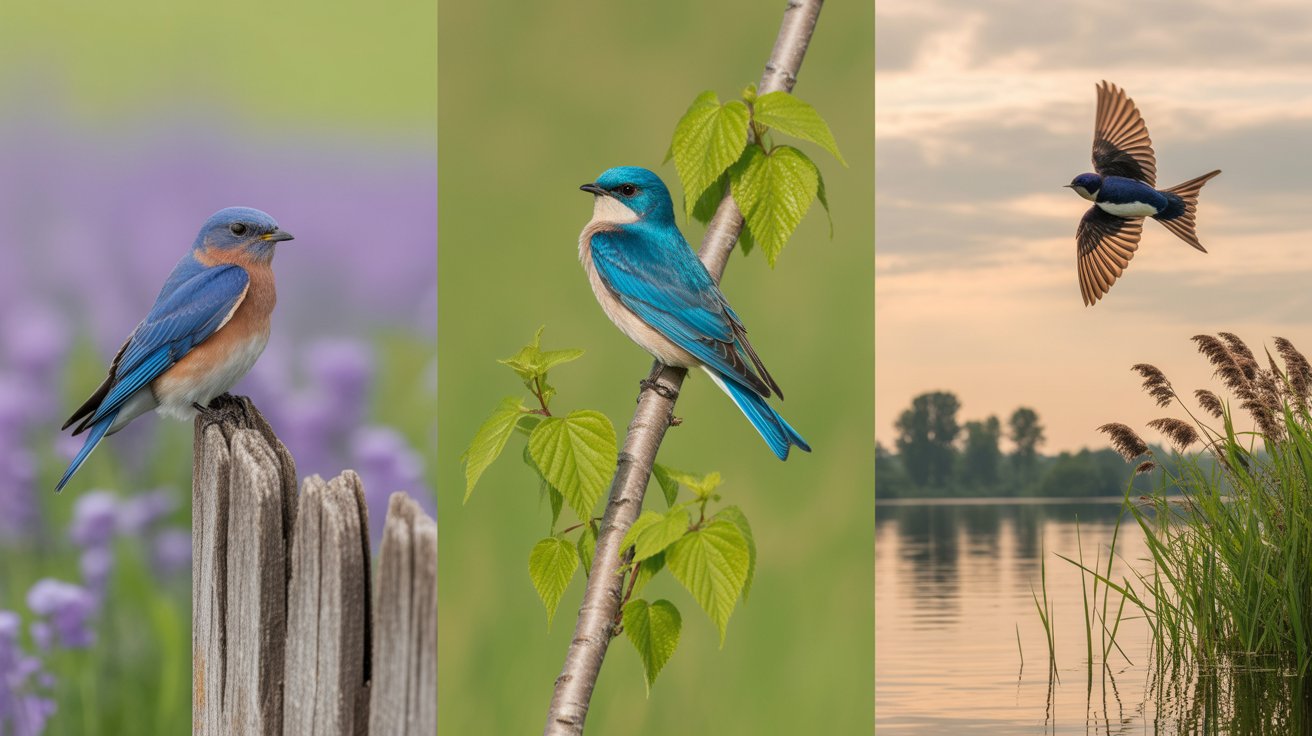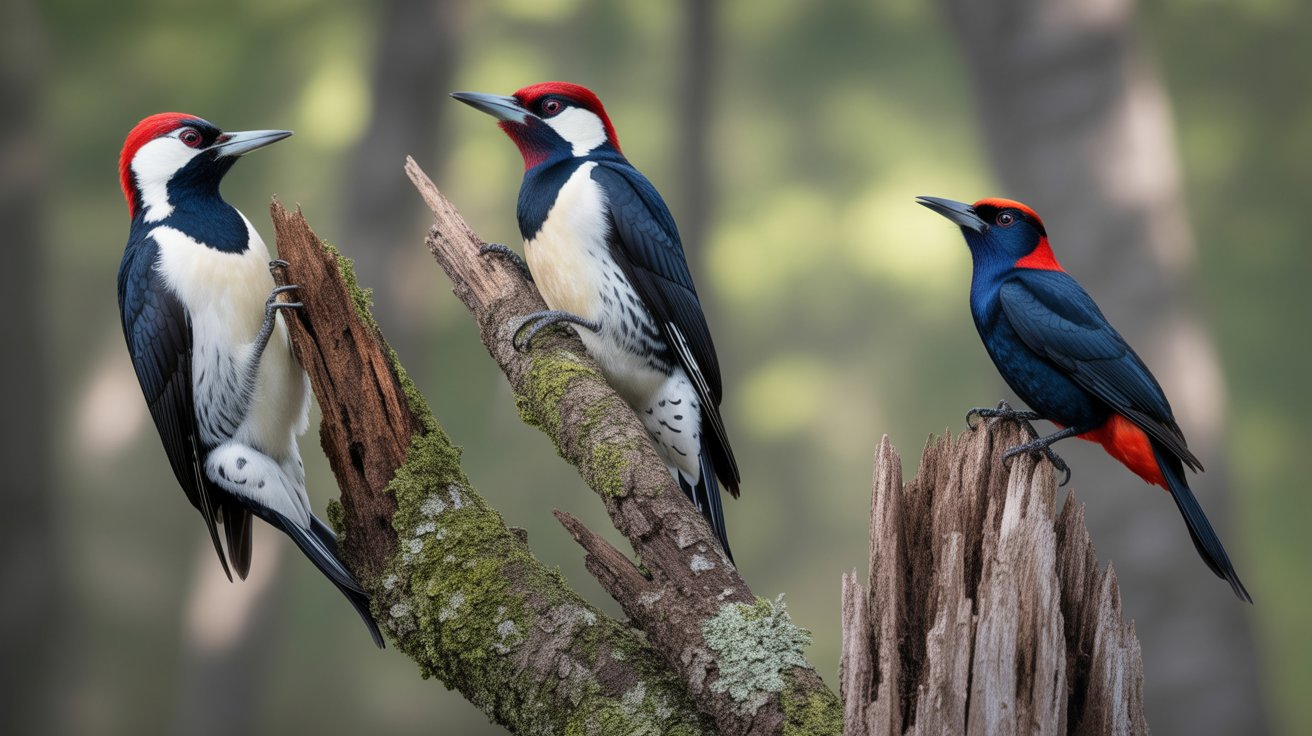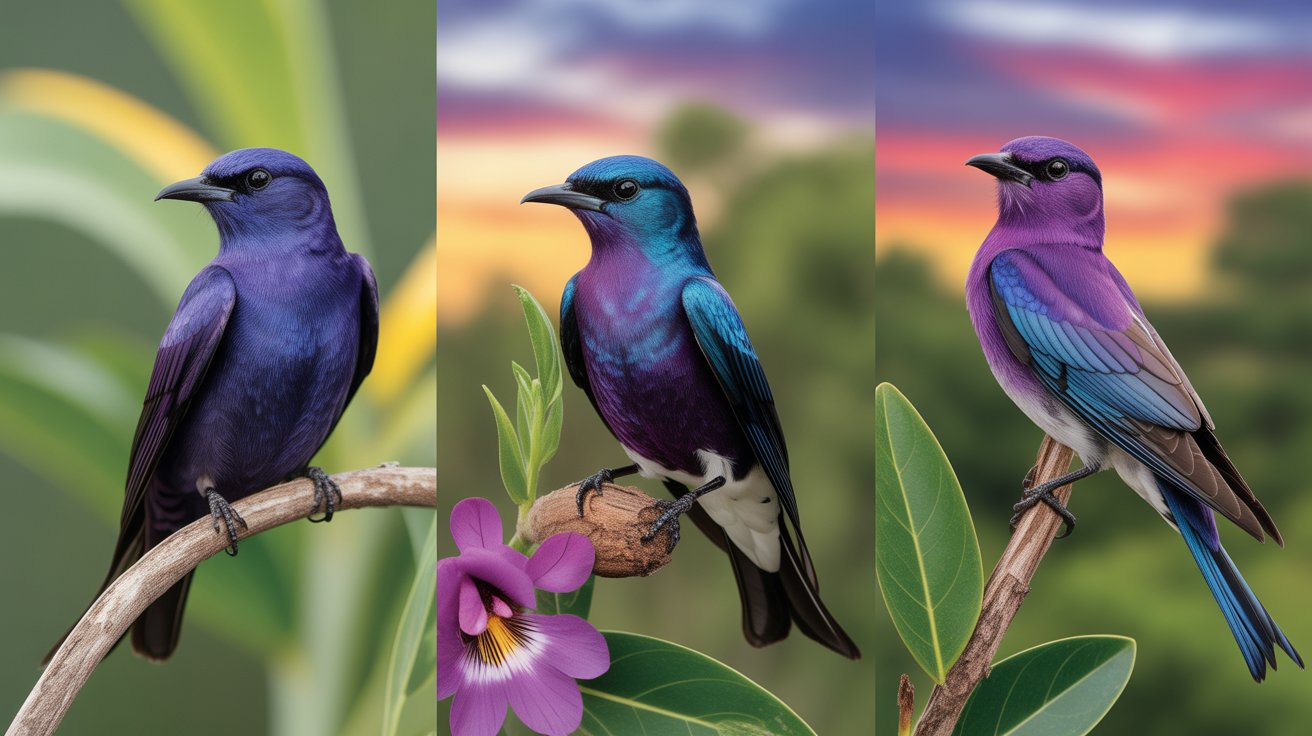Have you ever been mesmerized by a bird’s graceful flight and noticed a tail that just keeps flowing behind? Long-tailed birds aren’t just striking — they’re full of personality and beauty. Whether you’re a birder, a nature photographer, or someone who simply loves the wonders of wildlife, these birds with extended tails offer some of the most captivating sights in the avian world.
Birds with long tails often use them for more than just looks. Their tails can help with flight control, attract mates during elaborate courtship displays, or even act as a defense mechanism to confuse predators. The longer the tail, the more fascinating the bird’s behavior often is. Some of these species flaunt ribbon-like feathers that seem to float on the wind, while others have structured plumes that resemble ornamental art.
In this article, you’ll discover 15+ birds from around the world known for their dramatically long tails. Each species brings something unique — from vivid color patterns to surprising habits. And don’t worry, we’ve included all the important details like their scientific name, size, and special traits, so you can get a full picture of each one.
So, get ready to meet some of the most elegant tail-feathered birds you’ll ever see — and maybe even spot a few in your own backyard or birding adventure!
Contents
- 1. Long-tailed Widowbird
- 2. Indian Paradise Flycatcher
- 3. Resplendent Quetzal
- 4. Ribbon-tailed Astrapia
- 5. Greater Racket-tailed Drongo
- 6. Long-tailed Sylph
- 7. Magpie
- 8. Scissor-tailed Flycatcher
- 9. Blue Magpie (Red-billed)
- 10. Pintailed Whydah
- 11. Superb Lyrebird
- 12. Japanese Paradise Flycatcher
- 13. Common Pheasant
- FAQs
- Conclusion
1. Long-tailed Widowbird
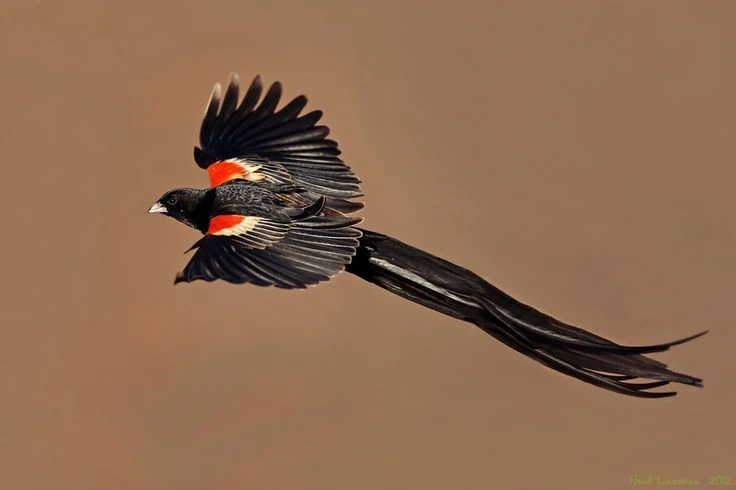
The Long-tailed Widowbird is a showstopper in the bird world, especially during the breeding season. Found in parts of southern and eastern Africa, this bird is known for its dramatic, flowing tail — which can be three times the length of its body.
Scientific Name: Euplectes progne
Wingspan: Around 22–25 cm
Length: Up to 50 cm (males in breeding season)
Weight: 20–35 grams
Males grow long, velvety black tail feathers during the breeding season to impress females. The rest of the body is mostly black with striking orange and white shoulder patches. Females and non-breeding males look more like sparrows with shorter tails and streaked brown plumage.
This species thrives in grasslands and marshy areas. The male’s exaggerated tail, while attractive, actually slows down its flight — a trade-off it seems willing to make to attract mates. You’ll often spot it gliding low over grassy fields, showing off its ribbon-like feathers in slow, sweeping flights.
2. Indian Paradise Flycatcher
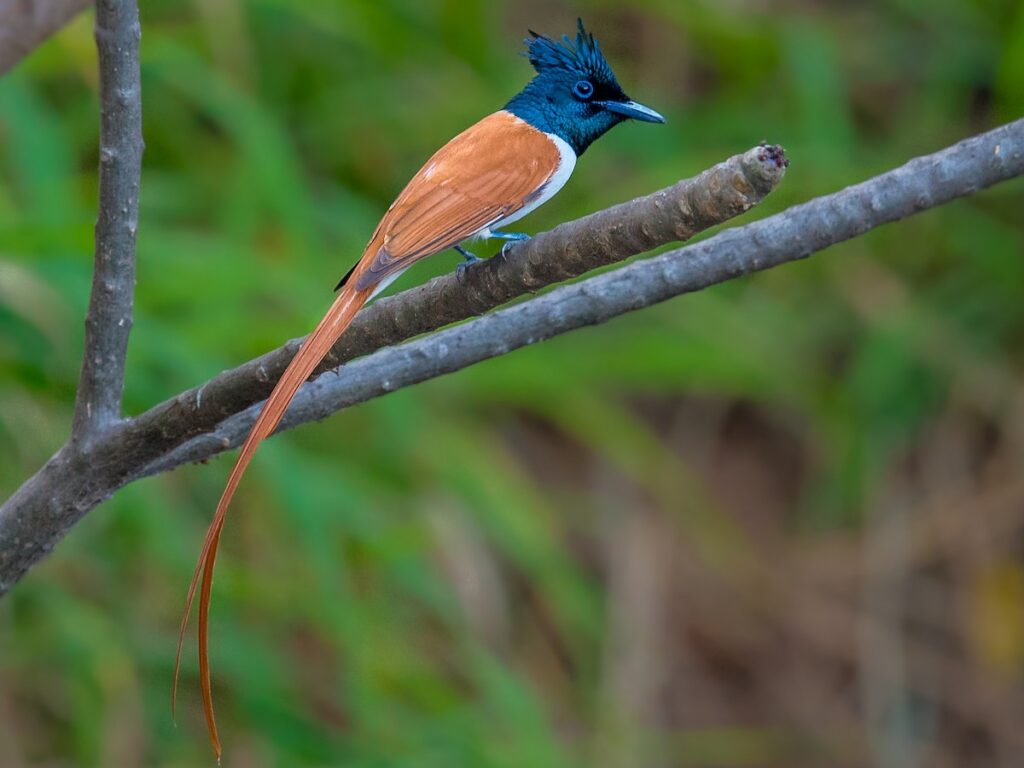
Graceful, ghostly, and simply magical — the Indian Paradise Flycatcher is a bird you won’t forget. Native to the Indian subcontinent and parts of Southeast Asia, the male of this species sports an impressively long, white tail during breeding season.
Scientific Name: Terpsiphone paradisi
Wingspan: 24–28 cm
Length: Up to 45 cm (males)
Weight: 19–22 grams
The males come in two color forms: one with chestnut wings and another with entirely white plumage. Both versions feature black heads with a glossy crown and incredibly long tail streamers. Females are shorter-tailed and rust-colored, but still elegant.
This flycatcher is an agile flyer, darting through forest canopies in pursuit of insects. Its long tail sways behind it like a streamer in the breeze, giving it a fairy-like appearance in motion. You’ll usually find them in wooded habitats, gardens, and groves, especially during summer breeding seasons.
3. Resplendent Quetzal
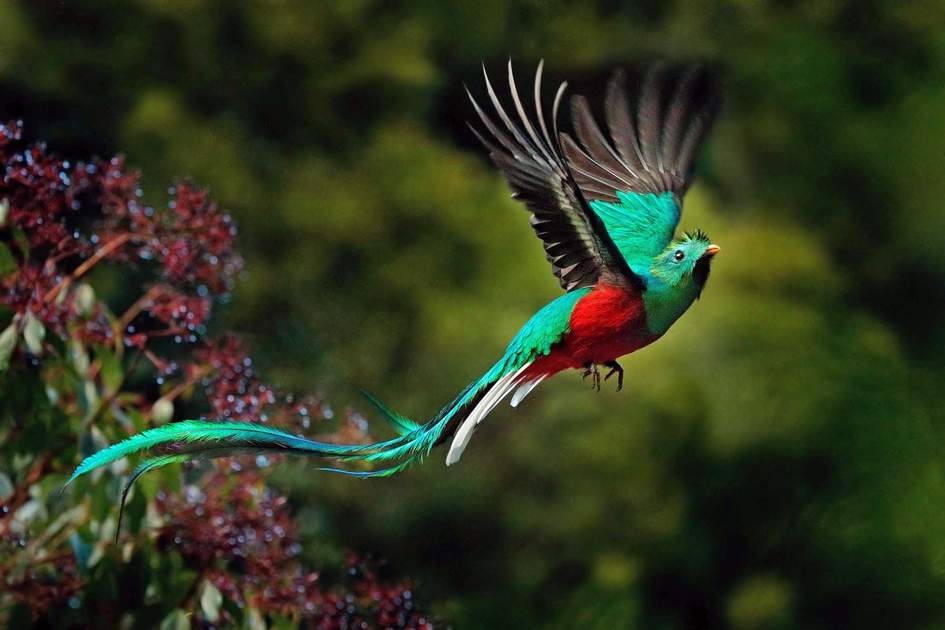
A living jewel of Central America, the Resplendent Quetzal is one of the most admired birds in the world. Revered by ancient civilizations, this bird’s vibrant green and red body paired with an extravagant tail makes it absolutely mesmerizing.
Scientific Name: Pharomachrus mocinno
Wingspan: About 64 cm
Length: Up to 40 cm (excluding tail); tail streamers up to 65 cm
Weight: 210 grams
Male quetzals have shimmering emerald green feathers and crimson bellies, with tail feathers that can be longer than their bodies. These ornate tail plumes extend far beyond their backs, especially during mating season.
They inhabit cloud forests of Central America, especially in Guatemala and Costa Rica. Their long tails and bright colors aren’t just for show — they play a crucial role in courtship displays. Despite their size and brightness, they’re surprisingly hard to spot in dense forest canopies.
4. Ribbon-tailed Astrapia
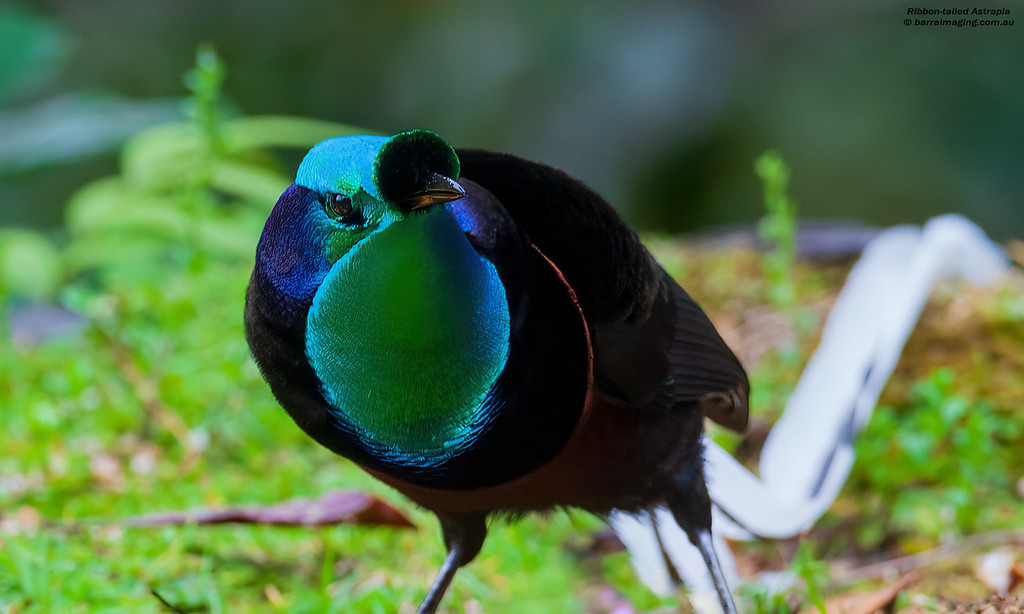
Found in the cloud forests of Papua New Guinea, the Ribbon-tailed Astrapia is one of the most striking members of the bird-of-paradise family. Its long, flowing white tail ribbons can be over three times the length of its body.
Scientific Name: Astrapia mayeri
Wingspan: About 35–40 cm
Length: Up to 1 meter (males including tail)
Weight: Around 120–150 grams
Males feature iridescent green and black plumage with two extraordinarily long white tail feathers. These tail streamers are used in elaborate displays to attract females. Females are more subdued in appearance and have much shorter tails.
Their long tails, although dramatic, require careful movement through dense foliage. These birds typically feed on fruits, insects, and small invertebrates. Despite their size, they’re surprisingly nimble and perform complex aerial maneuvers during courtship.
5. Greater Racket-tailed Drongo
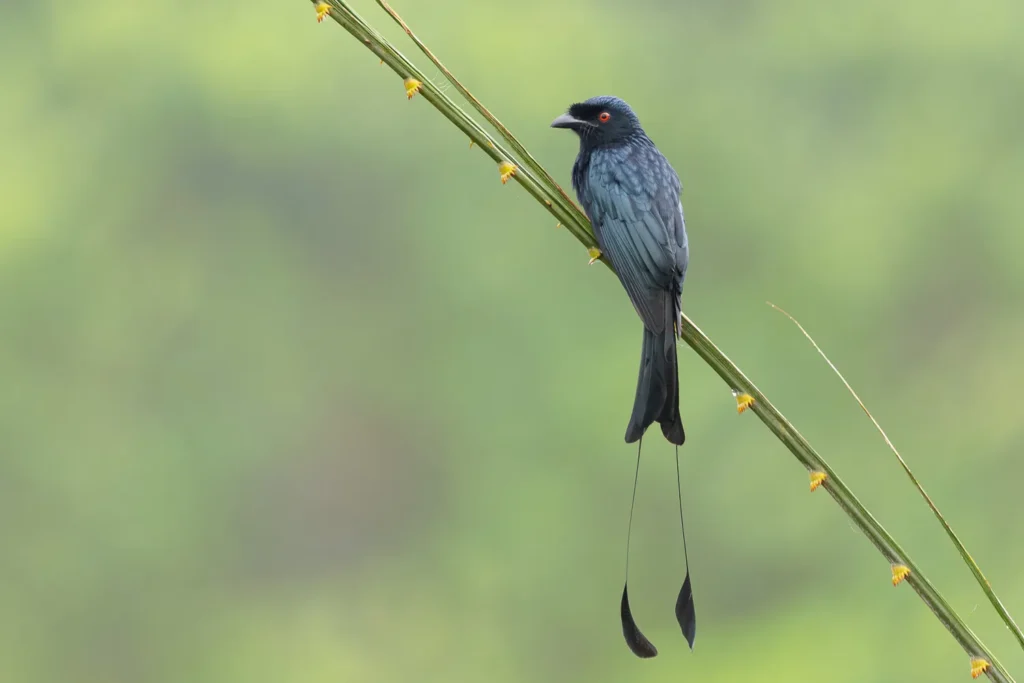
The Greater Racket-tailed Drongo is both elegant and clever. Found in the forests of South and Southeast Asia, it’s known for its glossy black feathers and two unique racket-shaped tail feathers that dangle behind it.
Scientific Name: Dicrurus paradiseus
Wingspan: 30–35 cm
Length: 30–55 cm
Weight: 70–125 grams
This bird’s tail ends in bare shafts with tufts at the tip, resembling rackets. Males and females look similar, and both display impressive mimicry skills — often imitating the calls of other birds and animals.
They’re active and aggressive defenders of their territory, often chasing away much larger birds. You’ll often see them perched in forest canopies or swooping through open areas, their tail feathers fluttering behind like a pendulum.
6. Long-tailed Sylph
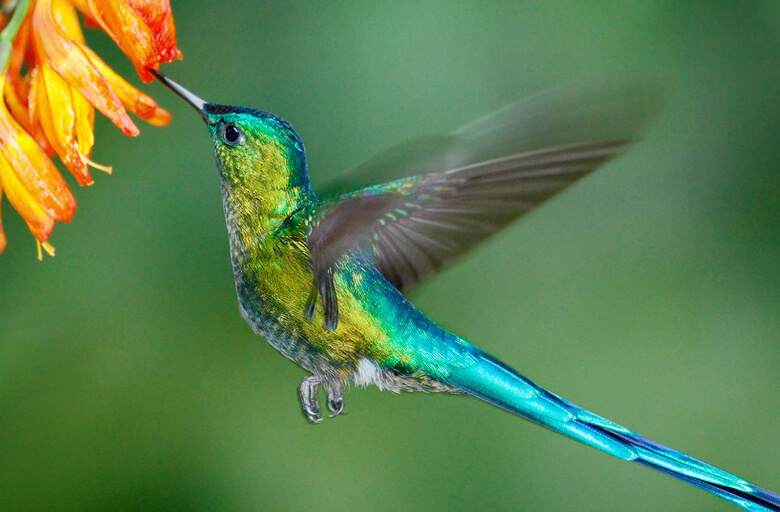
This dazzling hummingbird from the Andes Mountains looks like a gemstone with wings. The male Long-tailed Sylph boasts a vibrant blue-green body with a metallic sheen and a tail that seems to glow in sunlight.
Scientific Name: Aglaiocercus kingii
Wingspan: Around 12–13 cm
Length: Up to 22 cm (males including tail)
Weight: 5–6 grams
Only the males have the signature long tail, which they use to attract females. The tail is forked and often longer than the bird’s entire body. Females have shorter tails and more subtle coloring.
These birds thrive in cloud forests at high elevations. They feed primarily on nectar, hovering like other hummingbirds and sipping from flowers with their slender bills. Watching a Long-tailed Sylph flit between blossoms is truly magical.
7. Magpie
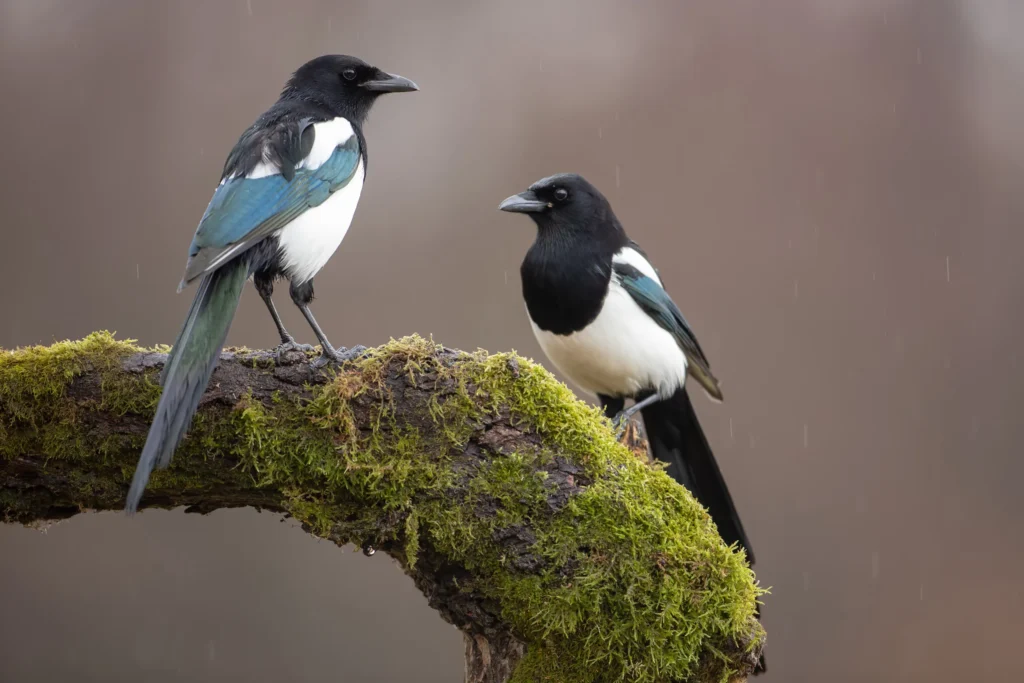
Magpies, particularly the Eurasian Magpie, are known for their bold personalities and striking long tails. Their iridescent feathers shimmer with blues and greens in sunlight, making them a common but beautiful sight.
Scientific Name: Pica pica
Wingspan: 52–62 cm
Length: 40–51 cm
Weight: 200–250 grams
Their tails can be almost half their body length. In flight, the tail spreads out and helps with balance and maneuvering. Magpies are highly intelligent and social, often seen in pairs or groups.
They thrive in both rural and urban environments and are omnivorous — feeding on insects, fruits, grains, and even small animals. Their long tails add an extra dash of elegance to their otherwise cheeky presence.
8. Scissor-tailed Flycatcher
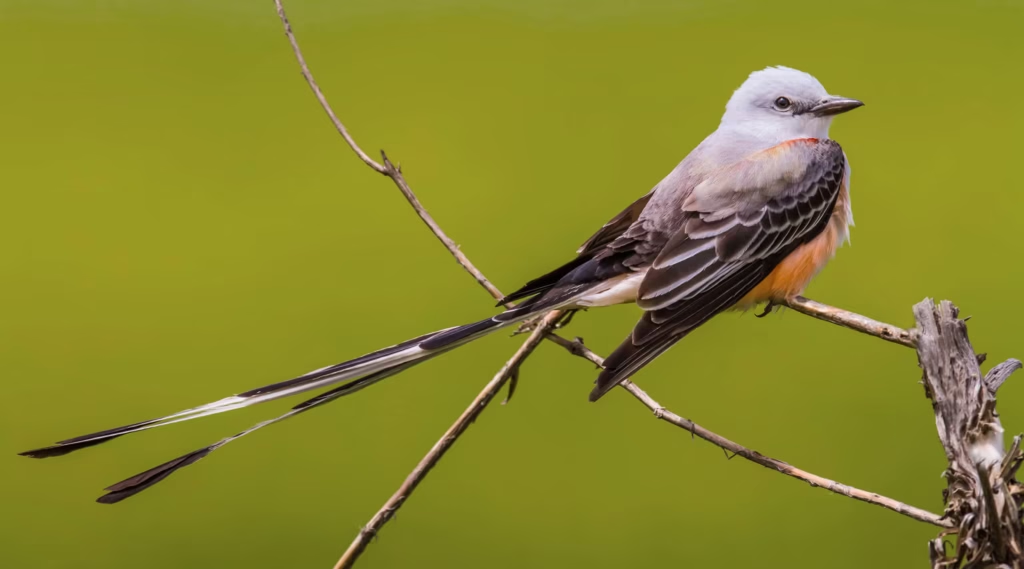
As the name suggests, this bird sports a forked tail that resembles a pair of scissors. The Scissor-tailed Flycatcher, native to the south-central United States and Central America, is both acrobatic and beautiful.
Scientific Name: Tyrannus forficatus
Wingspan: 38–43 cm
Length: 38–50 cm (including tail)
Weight: 40–45 grams
Its body is a soft gray, with salmon-pink sides and underwings. The tail is deeply forked and black-and-white, expanding dramatically during flight.
This bird is often seen perched on fences or power lines, waiting to catch flying insects mid-air. During mating season, the male performs incredible aerial stunts, twisting and turning to show off its tail.
9. Blue Magpie (Red-billed)

With its vivid colors and an exceptionally long tail, the Red-billed Blue Magpie is a real treat to spot. Native to the Himalayas and parts of East Asia, this bird has one of the most beautiful tails among corvids.
Scientific Name: Urocissa erythrorhyncha
Wingspan: Around 45–60 cm
Length: 55–65 cm
Weight: 180–250 grams
Its tail is banded in black and white, contrasting with its rich blue body and red bill. These birds are incredibly social and often move in noisy flocks.
They’re omnivorous and opportunistic, feeding on everything from fruit to small reptiles. Despite their large size and long tails, they navigate dense forest canopies with ease.
10. Pintailed Whydah
This small but striking bird is often found in sub-Saharan Africa. During the breeding season, the male Pintailed Whydah transforms from plain to flamboyant, growing a set of long black tail feathers that trail behind it like streamers.
Scientific Name: Vidua macroura
Wingspan: 22–25 cm
Length: Up to 33 cm (males in breeding plumage)
Weight: 15–20 grams
Outside of the breeding season, males look similar to females, which are brown and streaked. But in breeding plumage, the males display a crisp black-and-white body and showy tail.
Interestingly, the Pintailed Whydah is a brood parasite — it lays its eggs in the nests of other birds, particularly waxbills. The long tail helps attract females, even if parenting isn’t part of the male’s role.
11. Superb Lyrebird
The Superb Lyrebird, native to southeastern Australia, is a master mimic and a visual wonder. The male’s long, ornate tail feathers fan out like a musical lyre during displays.
Scientific Name: Menura novaehollandiae
Wingspan: 76–86 cm
Length: 80–100 cm
Weight: 850–1,300 grams
The lyrebird’s tail has two long outer feathers that curl outward, with filamentary plumes in between. These are used in courtship dances while the bird sings a medley of mimicked sounds, including camera shutters and chainsaws.
It’s a ground-dweller, preferring moist forests. Though not strong fliers, they’re excellent diggers, scratching the forest floor for insects and worms.
12. Japanese Paradise Flycatcher
Elegant and elusive, the Japanese Paradise Flycatcher is found in East Asia’s woodlands. The male is especially eye-catching with long tail streamers and a glossy blue-black body.
Scientific Name: Terpsiphone atrocaudata
Wingspan: 25–30 cm
Length: Up to 45 cm (males)
Weight: 18–20 grams
During breeding season, the male’s tail doubles in length and trails behind as it flits through the trees. Its dark plumage glows with purplish hues in sunlight, and the vibrant blue eye ring adds contrast.
These birds migrate between Southeast Asia and Japan and are known for their soft, whistling calls. They prefer forested areas and feed on insects mid-flight.
13. Common Pheasant
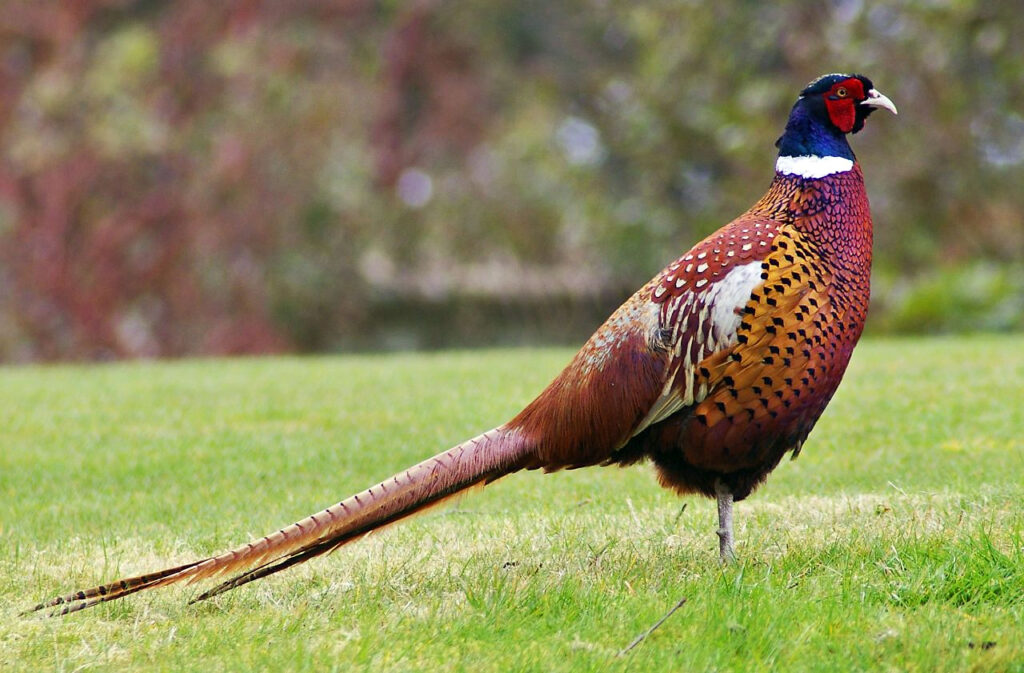
Although familiar to many, the Common Pheasant still stands out thanks to its long tail and colorful plumage. Widely distributed across Europe and Asia, it’s also been introduced in North America.
Scientific Name: Phasianus colchicus
Wingspan: 70–90 cm
Length: 60–90 cm (males)
Weight: 1–1.5 kg
The male sports a shimmering green neck, red facial wattles, and a coppery body with black-barred tail feathers. The tail itself makes up about half its total length.
They prefer open fields and farmlands with nearby cover. Though capable of short bursts of flight, they spend most of their time on the ground.
FAQs
1. Why do some birds have long tails?
Long tails can serve multiple purposes — from helping with flight balance to impressing potential mates. In some species, it’s purely ornamental, while in others, it aids in maneuvering through forests or skies.
2. Are long-tailed birds only found in tropical regions?
Not at all. While many long-tailed birds thrive in tropical climates, several species live in temperate zones or even high-altitude regions.
3. Do male and female birds always have the same tail length?
In many species, like the Long-tailed Widowbird or Paradise Flycatcher, males have much longer tails than females, especially during breeding seasons.
4. Can birds with long tails fly well?
Yes — though long tails can make flight less efficient, these birds have adapted their flying styles. Some glide gracefully while others rely on agility rather than speed.
5. Are long tails a disadvantage for birds?
Sometimes. Long tails can make birds more visible to predators and reduce flight speed. However, if the benefit (like attracting mates) outweighs the risk, the trait is favored evolutionarily.
Conclusion
Birds with long tails are some of the most enchanting creatures you’ll ever encounter. From the sparkling feathers of the Resplendent Quetzal to the ethereal beauty of the Indian Paradise Flycatcher, these birds captivate you with every flick of their trailing plumes. Whether they use their tails for flight maneuverability, elaborate displays, or simply to stand out, one thing’s certain — they make birdwatching a more magical experience.
As you explore these species, you’ll notice how nature balances form and function in the most artistic ways. Some birds evolved long tails purely for love, while others found ways to make their tail feathers part of their survival strategy. It’s an incredible mix of biology and beauty.
If you’re an avid birder or someone who’s just discovering the wonders of birds, watching a long-tailed bird glide through the sky is something you won’t forget. Consider adding these birds to your watchlist or next nature adventure — they’re worth the chase.
